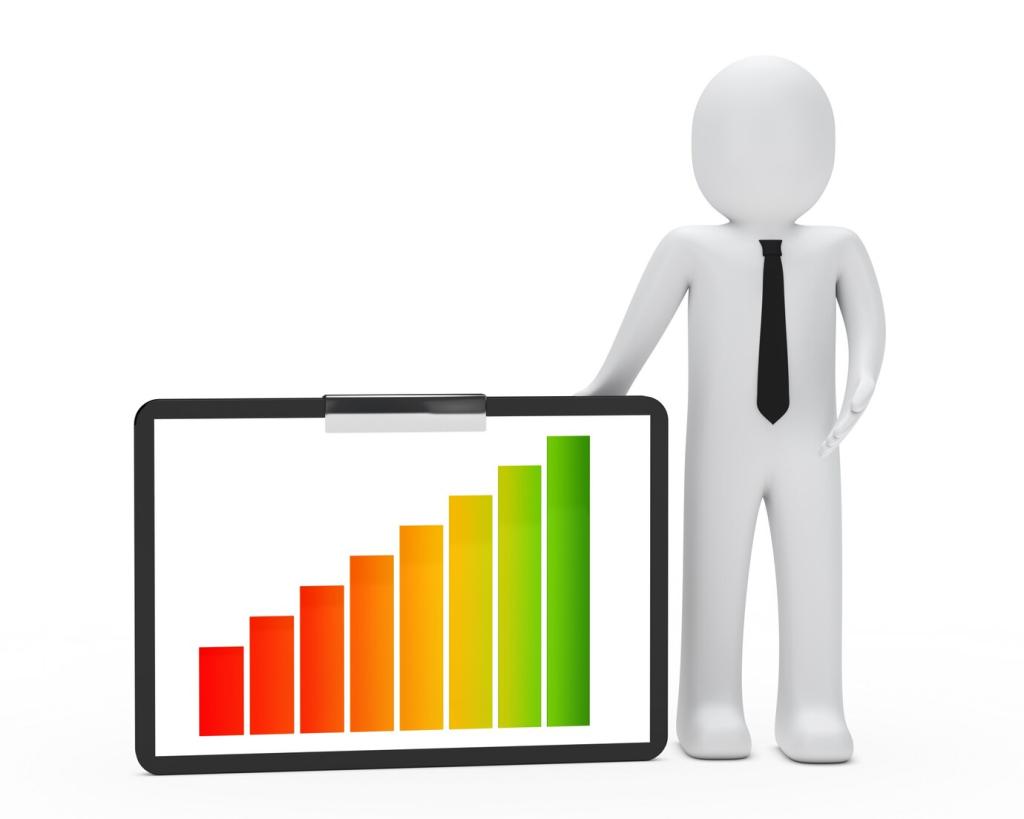Key Content Marketing Metrics for Measuring Success
Understanding which metrics to track is crucial for maximizing the results of your content marketing initiatives. In an ever-evolving digital landscape, measuring the right indicators of performance reveals the real impact of your strategy and guides ongoing improvements. This page explores the essential metrics that every marketer should monitor to gauge the effectiveness of their content efforts and drive better business outcomes.
Unique Visitors
Unique visitors refer to the number of distinct individuals who access your website over a certain period, regardless of how many times they return. Monitoring this metric helps determine the actual size of your audience and the effectiveness of your content in attracting new users. A rising count of unique visitors often signals positive brand exposure and the ability to draw in new prospects, suggesting your content is resonating with a broader group. By analyzing shifts in unique visitor numbers, you can attribute spikes or drops to specific campaigns or content updates, providing valuable insights to inform future content strategies and promotional efforts.
Page Views
Page views measure the total number of times individual pages on your website are loaded by visitors. Evaluating which specific content pieces generate the highest page views provides direct feedback on what topics, formats, or headlines are most engaging to your audience. High page views may reflect both the ability of your content to attract clicks and to keep visitors browsing your site. However, this metric is best evaluated alongside time on page and bounce rates, as high page views with little engagement may indicate surface-level interest rather than deep engagement with your material.
Traffic Sources
Understanding where your website traffic is coming from is vital for refining and diversifying your content marketing strategy. Traffic sources typically include organic search, direct visits, social media, email marketing, and referral links from other sites. By tracking the proportion and quality of visitors from each source, you can allocate resources toward the platforms and channels that deliver the best results. This data helps you identify strong distribution partners, discover untapped channels, and develop tailored strategies that increase visibility and attract your desired audience segments.
Engagement Metrics
Average Time on Page
Average time on page reveals how long visitors are staying on individual pages of your website. A high average time suggests that readers are genuinely interested in your content, carefully consuming the information you present. Conversely, a low average time may indicate that your content isn’t meeting visitor expectations or is difficult to engage with. This metric is especially important for educational or long-form content, where longer engagement times are typically desirable. Monitoring changes in this metric can highlight the effectiveness of content updates and signal the need for better headline writing, improved formatting, or more engaging multimedia elements.
Bounce Rate
Bounce rate is the percentage of visitors who leave your website after viewing only a single page. A high bounce rate can be a warning sign that your content isn’t relevant, engaging, or easy to navigate. However, context matters: blog entries answering a direct question may naturally see higher bounce rates even if users find exactly what they need. By carefully analyzing this metric in conjunction with other engagement indicators, you can identify content that may require revision, improved calls-to-action, or better alignment with user intent, thus increasing the likelihood that visitors will explore your site further.
Pages per Session
Pages per session measures the average number of pages a visitor views during a single visit to your website. This metric reflects your website’s ability to draw visitors further into your content ecosystem, encouraging exploration and deeper engagement with your brand. Higher pages per session usually indicate compelling internal linking strategies, strong content relevance, and successful navigation structures. Monitoring this indicator will help you optimize your website for more cross-promotion of related content, ensuring visitors stay longer and become more familiar with your brand’s full range of offerings.
Lead Generation Metrics
Conversion rate tracks the percentage of website visitors who complete a desired action, such as filling out a form, subscribing to a newsletter, or downloading a resource. This metric serves as a direct indicator of your content’s ability to persuade visitors and move them further along the customer journey. High conversion rates typically result from well-matched audiences, compelling messaging, and clear calls to action. By segmenting this metric across different content types or campaigns, you can uncover which assets drive the most conversions and refine underperforming elements to increase your return on investment.
The number of new leads measures how many potential customers are generated from your content within a specific timeframe. This metric highlights the overall effectiveness of your lead magnets, landing pages, and nurturing strategies. It also helps to set benchmarks for expected business growth related to content marketing. Tracking the sources and characteristics of new leads lets you identify which content initiatives are yielding the most valuable prospects, empowering you to adjust your strategy in real time to focus on high-performing approaches.
Cost per lead calculates the average expense incurred to generate a new lead through your content marketing efforts. This metric encompasses costs related to content creation, promotion, and platform management, divided by the number of leads acquired. Knowing your cost per lead enables you to evaluate the efficiency of your content marketing investments and compare performance across different channels. By optimizing your campaigns for lower cost per lead without sacrificing quality, you can maximize your marketing budget and achieve greater scalability for your lead-generation activities.

SEO Performance
Keyword rankings indicate where your content appears in search engine results for targeted queries relevant to your business. Tracking keyword movement over time helps you assess the success of your content optimization efforts and identify new opportunities for improvement. An upward trajectory in rankings for strategic keywords can directly lead to more organic traffic, higher authority, and increased trust in your brand. Regularly monitoring changes in keyword positions allows for timely content updates and responsive SEO strategies that keep you ahead of the competition.


Previous slide
Next slide
Content Performance Metrics
Identifying your top performing content involves analyzing metrics such as page views, engagement rates, and conversion outcomes for each piece you publish. Recognizing which assets consistently attract and retain high volumes of traffic, shares, and leads helps you uncover patterns in topic selection, formatting, and promotional tactics that resonate with your target audience. By doubling down on what works and incorporating successful elements into future projects, you can drive repeatable success and achieve greater efficiency with your content marketing investments.
Returning Visitors
Returning visitors are those who come back to your website after their initial visit. Tracking this metric demonstrates the ongoing appeal of your content and the strength of your brand’s relationship with its audience. High numbers of returning visitors suggest the presence of valuable, regularly updated, and relevant information that users see as worth revisiting. This indicator is particularly useful for content publishers, e-commerce sites, or community-driven platforms that rely on sustained engagement to drive lifetime value.
Email Subscription Retention
Email subscription retention measures how well you maintain your mailing list, tracking unsubscribe rates, open rates, and ongoing engagement with your emails over time. A high retention rate signals that your content continues to meet subscribers’ expectations and provides real value in their inboxes. Monitoring changes in retention helps identify potential issues with content relevance, frequency, or format, allowing for timely adjustments. Nurtured email subscribers often become some of the most loyal and responsive audience members, making this metric crucial for sustainable list growth and overall campaign performance.
Loyalty Program Participation
If your business offers a loyalty or rewards program, participation rates can serve as a powerful metric for evaluating the strength of your content-driven community. Growing involvement in loyalty programs, frequent reward redemptions, or positive feedback from loyal customers indicates effective relationship-building grounded in valuable content. These metrics highlight how well your brand moves beyond transactional interactions, creating authentic connections that foster ongoing advocacy, repeat business, and positive word-of-mouth referrals.
